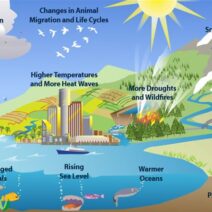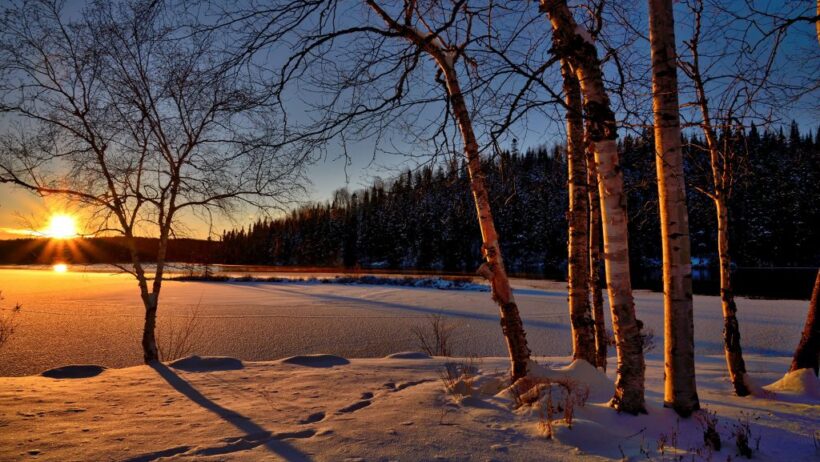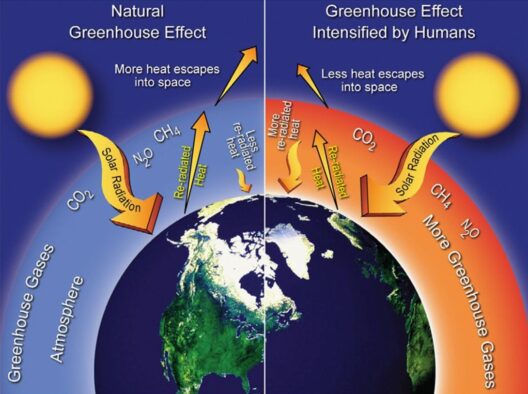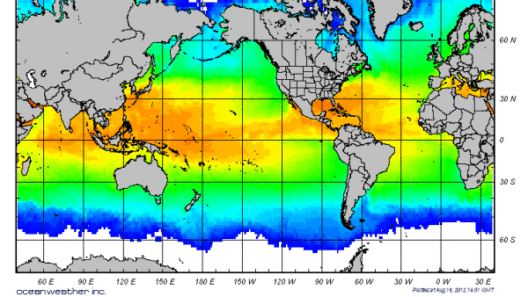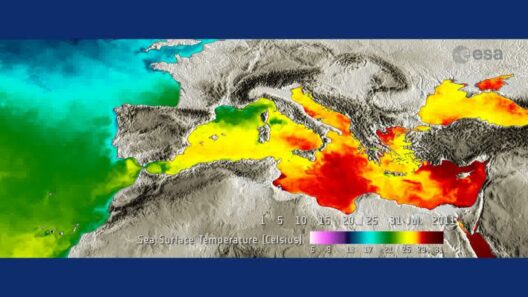The climate of Illinois is a captivating tapestry woven from the threads of geographic diversity, atmospheric phenomena, and human influence. This Midwestern state, renowned for its juxtaposition of rural expanses and urban hubs, is characterized by its distinct seasonal variations that evoke fascination and intrigue. Understanding the climate in Illinois not only aids in agricultural planning and outdoor recreation but also offers insights into broader environmental patterns and implications of climate change.
Illinois experiences a humid continental climate, which means that it is subject to the whims of four distinct seasons: harsh winters, vibrant springs, sweltering summers, and picturesque autumns. Each season manifests its personality through varying temperatures, precipitation levels, and wind patterns that impact both the natural landscape and human activities.
Winters in Illinois are often unforgiving. Frigid temperatures regularly descend upon the state, typically ranging from the low twenties Fahrenheit to subzero conditions. The presence of Arctic air masses often leads to prolonged cold snaps, an occurrence that can be prolonged by the state’s geographical position in the path of northwesterly winds. Residents frequently encounter snowstorms that can blanket the region, driven by the interaction of moist air from the Gulf of Mexico and the cold winds from Canada. This intricate interplay of atmospheric conditions creates a snow-laden landscape, transforming Illinois into a winter wonderland.
As the icy grip of winter begins to wane, spring emerges with vigor. Typically spanning from March to May, spring in Illinois is a season marked by rapid changes in weather. Temperatures begin to rise, often fluctuating between the upper fifties to the seventies, and the state experiences increased rainfall. This replenishment of moisture is vital for agriculture, as it prepares the soil for sowing and fosters the blooming of native flora. However, this season can also bring severe weather phenomena, including tornadoes, due to the clash between warm moist air and lingering cold fronts. Illinois, positioned within “Tornado Alley,” witnesses an extraordinary level of tornado activity, providing a stark reminder of nature’s unpredictability.
Summer in Illinois is typically characterized by sweltering temperatures, as the state basks in the warmth of the sun. June through August can see temperatures soar into the nineties, occasionally pushing into the triple digits during heatwaves. The combination of heat and humidity can create a stifling atmosphere, particularly in urban areas where the heat island effect intensifies. During these months, thunderstorms become common. These storms often provide momentary relief from the oppressive heat but can also deliver heavy rains, strong winds, and flash flooding—an illustration of the volatile nature of Illinois weather.
The autumn months present a tranquil reprieve from the extremes of summer and winter. With temperatures gradually declining from the seventies into the fifties, fall showcases a breathtaking transformation of foliage, with vibrant oranges, reds, and yellows painting the landscape. This seasonal spectacle, however, is not merely for aesthetic appreciation; it is indicative of the ecological processes at play. As trees prepare for dormancy, their biological rhythms respond to the decreasing daylight and cooler temperatures, demonstrating a complex relationship between climate and natural cycles.
Beyond the seasonal surface, Illinois’ climate is intrinsically linked to larger environmental patterns, including climate change. The intricate dance between greenhouse gas emissions and local weather patterns has begun to render Illinois’ climate more variable and unpredictable. Recent years have witnessed a rise in average temperatures, escalating instances of extreme weather events, and shifting precipitation patterns. The agricultural sector, which forms the backbone of Illinois’ economy, faces new challenges related to crop viability, soil health, and water availability. Farmers must adapt to an evolving climate, utilizing innovative techniques to sustain productivity in the face of unpredictable weather.
Moreover, urbanization in cities such as Chicago amplifies the impacts of climate change. Urban heat islands are prevalent due to the concentration of buildings, roads, and other infrastructures that absorb and retain heat. This phenomenon exacerbates the intensity of summer heat, leading to an increased demand for energy consumption, which further contributes to emissions. Community efforts to mitigate these effects include the implementation of green roofs, urban forestry, and sustainable landscaping, all aiming to enhance resilience against extreme weather and improve overall urban livability.
The fascination with Illinois climate thus extends beyond mere meteorological data; it encompasses a complex interrelation of seasonal experiences, ecological influences, and societal impacts. Residents and visitors alike are invited to engage with Illinois’ climate not just as passive observers but as active participants in the ongoing narrative of environmental stewardship. Understanding this intricate web of influences can inspire individuals and communities to adopt sustainable practices and advocate for policies that safeguard the climate and ecology of the state.
As awareness of climate change and its implications for ecosystems and human livelihoods grows, the conversation surrounding Illinois’ climate becomes increasingly pertinent. By acknowledging the historical patterns and anticipated shifts in climate, individuals can glean insights into the adaptive strategies necessary for the preservation of both cultural heritage and environmental integrity. Thus, the climate in Illinois becomes not merely a backdrop against which life unfolds but a dynamic participant in the ongoing dialogue about our planet’s future.

